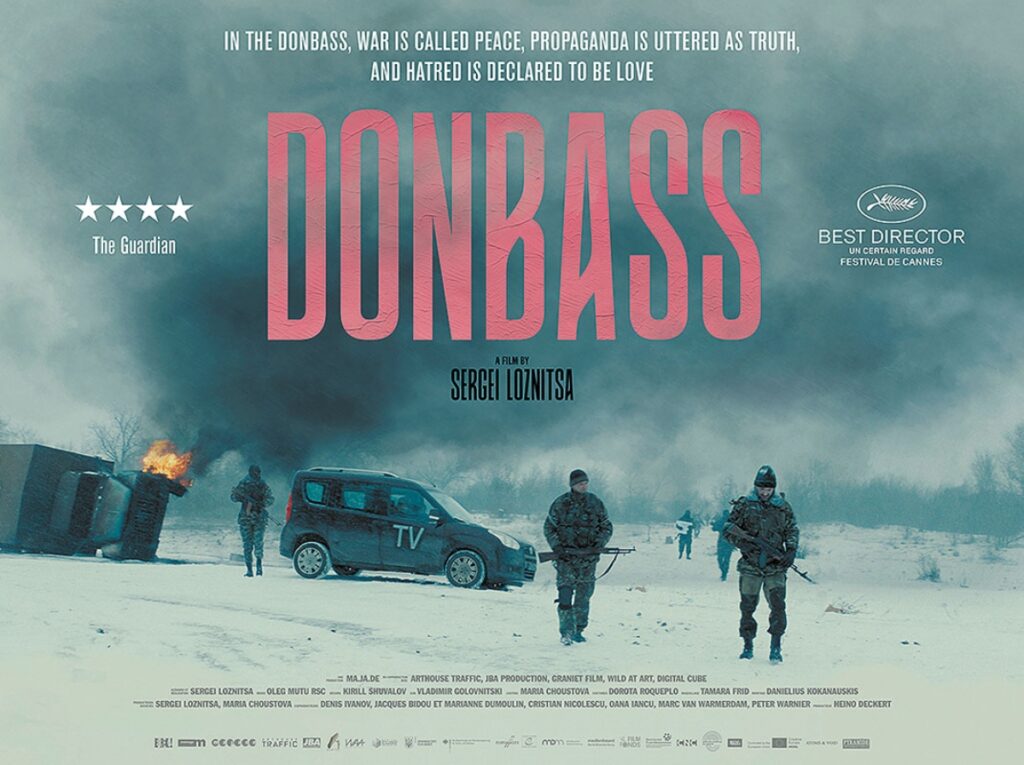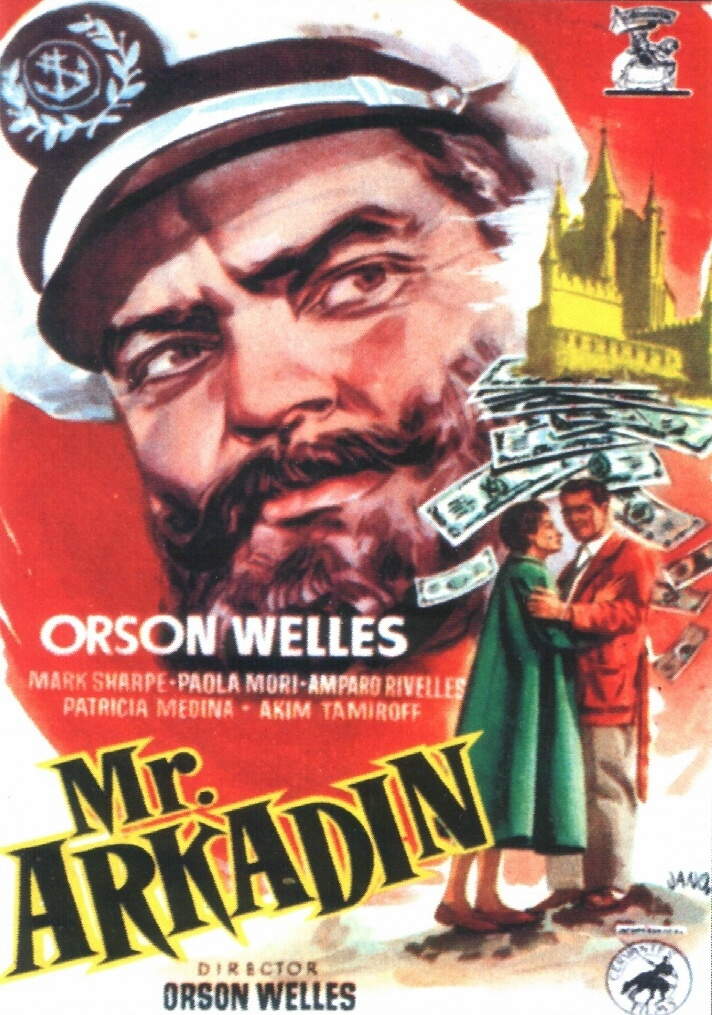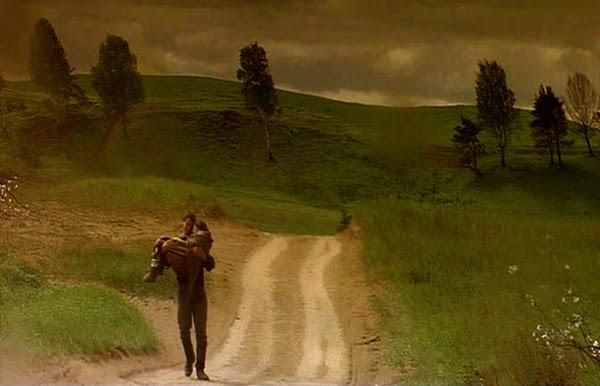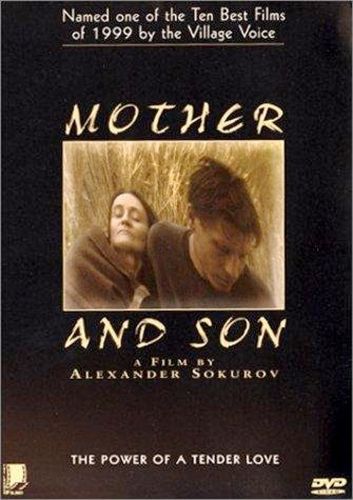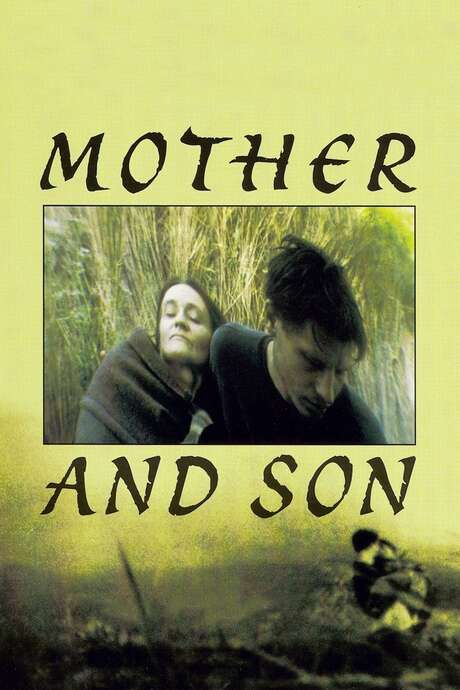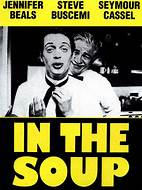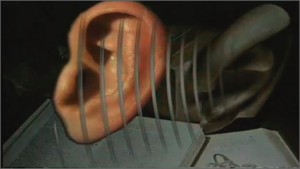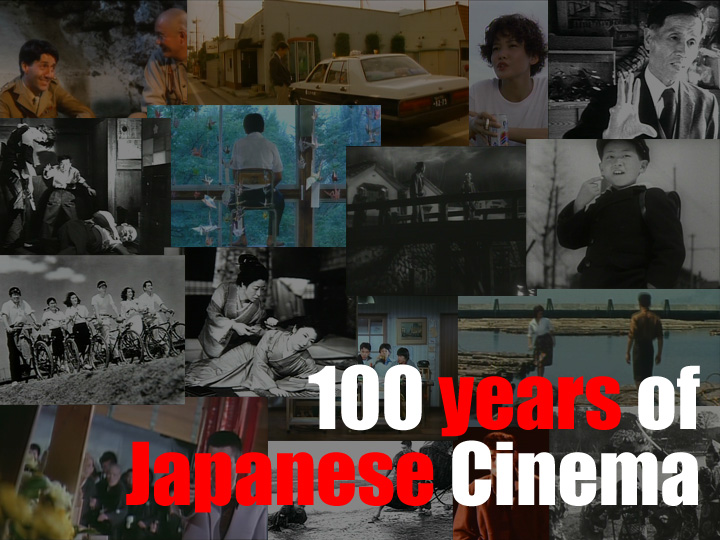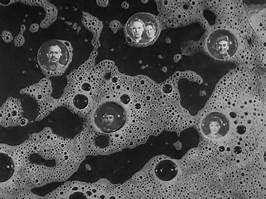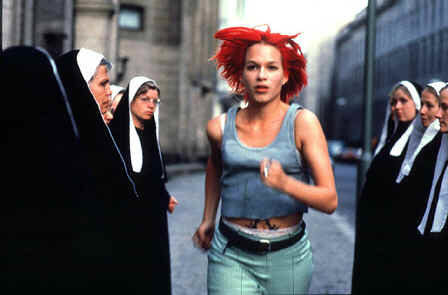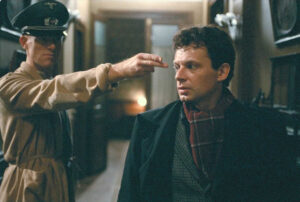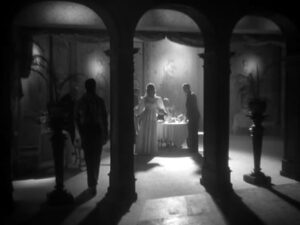When This is Orson Welles, which I edited, was originally published in 1992, the section of the book which elicited the most comments was the 131-page summery of Welles’ career, an attempt at an exhaustive account that I had taken over and expanded from Welles and Peter Bogdanovich’s original manuscript. People were awed by the size of this section, but ever since the book’s publication, I’ve been periodically reminded of how incomplete it actually was and is.
My latest reminder was coming across Welles’ 19-minute radio adaptation/performance of Alexander Pushkin’s “The Queen of Spades,” introduced by Laurence Olivier and available for free at
I have no idea when this was recorded or broadcast, but Audible has posted it alongside other audio adaptations of other Russian literary works performed by Olivier, Michael Redgrave, Trevor Howard, and an apparently unidentified actress in the same series, which aren’t free. [4/25/2022]


